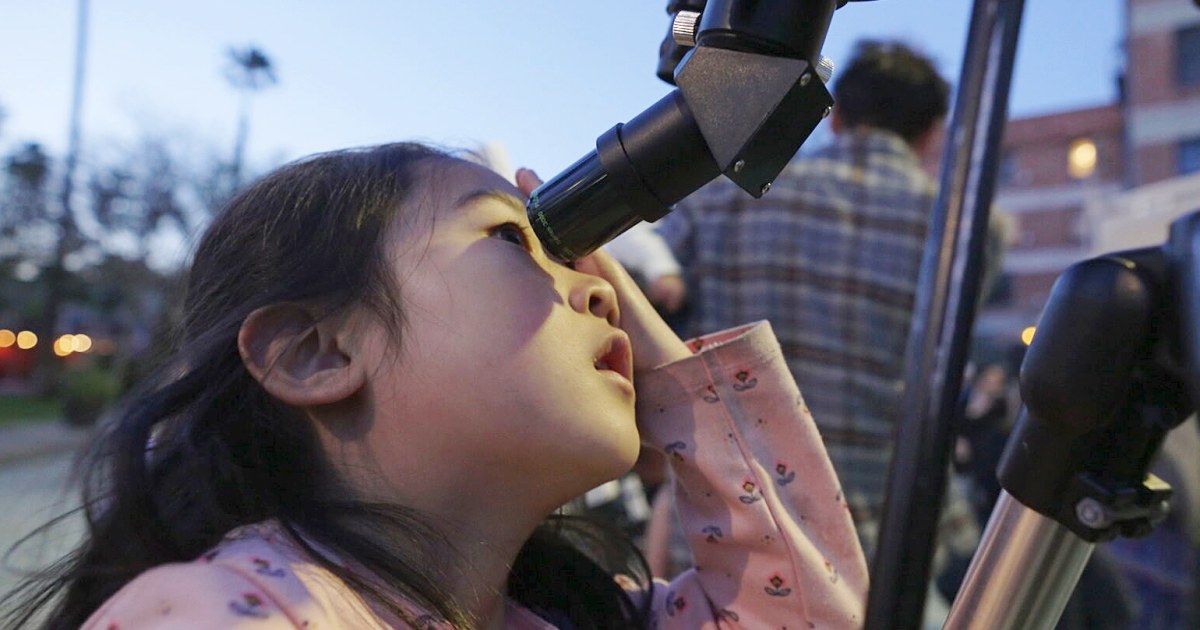
High-Lift Devices
In the context of aerospace engineering, high-lift devices are components of an aircraft's wing that are designed to increase the lift during takeoff and landing. These devices are typically found on the leading and trailing edges of the wings and can be extended or retracted as needed. The two main types of high-lift devices are flaps and slats. Flaps are located on the trailing edge of the wing and can be extended downward to increase the wing's camber, thereby increasing lift. Slats are located on the leading edge of the wing and can be extended forward to create a slot between the slat and the wing. This slot directs high-speed air over the wing's upper surface, delaying airflow separation and thus increasing lift. High-lift devices are crucial for safe and efficient aircraft operation, as they allow for slower takeoff and landing speeds, reducing the length of runway required and the risk of stalling.
Your Previous Searches
Random Picks
- Extraterrestrial Sources: Extraterrestrial sources refer to any natural or artificial sources of energy, materials, or information that originate from outside the Earth's atmosphere. These sources include but are not limited to the Sun, other stars, planets, asteroi ... Read More >>
- Measurement System Integrity: Measurement System Integrity refers to the ability of a measurement system to provide accurate and reliable data. In the context of space and astronautical engineering, measurement system integrity is crucial for ensuring the success of spa ... Read More >>
- Air And Water Recycling Systems: Air and water recycling systems are technologies used in space and astronautical engineering to recycle and purify air and water for human consumption and use. These systems are essential for long-duration space missions, where the supply o ... Read More >>
Top News

Easter's date remains divisive. Some church leaders want that to change...
Eastern and Western churches will celebrate Easter on the same day this year, while marking 1,700 years since the Council of Nicaea unified Christian doctrine...
News Source: ABC News on 2025-04-19

In a city of stars, Los Angeles astronomy club makes sure to keep looking up...
LOS ANGELES — While Los Angeles is home to the biggest stars in the world, a monthly get-together is proving that the city’s rich and famous have nothing on the universe....
News Source: NBC News on 2025-04-18

This week on "Sunday Morning" (April 20)...
A look at the features for this week's broadcast of the Emmy-winning program, hosted by Jane Pauley....
News Source: CBS News on 2025-04-17

Scientists detect strongest hints yet of life on a distant planet...
Scientists have detected unique chemical patterns similar to those produced by the Earth's algae and seaweed — raising the possibility of the presence of a warm ocean, perhaps teeming with life, on ...
News Source: NBC News on 2025-04-17

Is there life on another planet? Scientists find the strongest evidence yet...
Near a planet far, far away astronomers have found traces of chemicals that on Earth are only produced by living beings....
News Source: Al Jazeera English on 2025-04-17